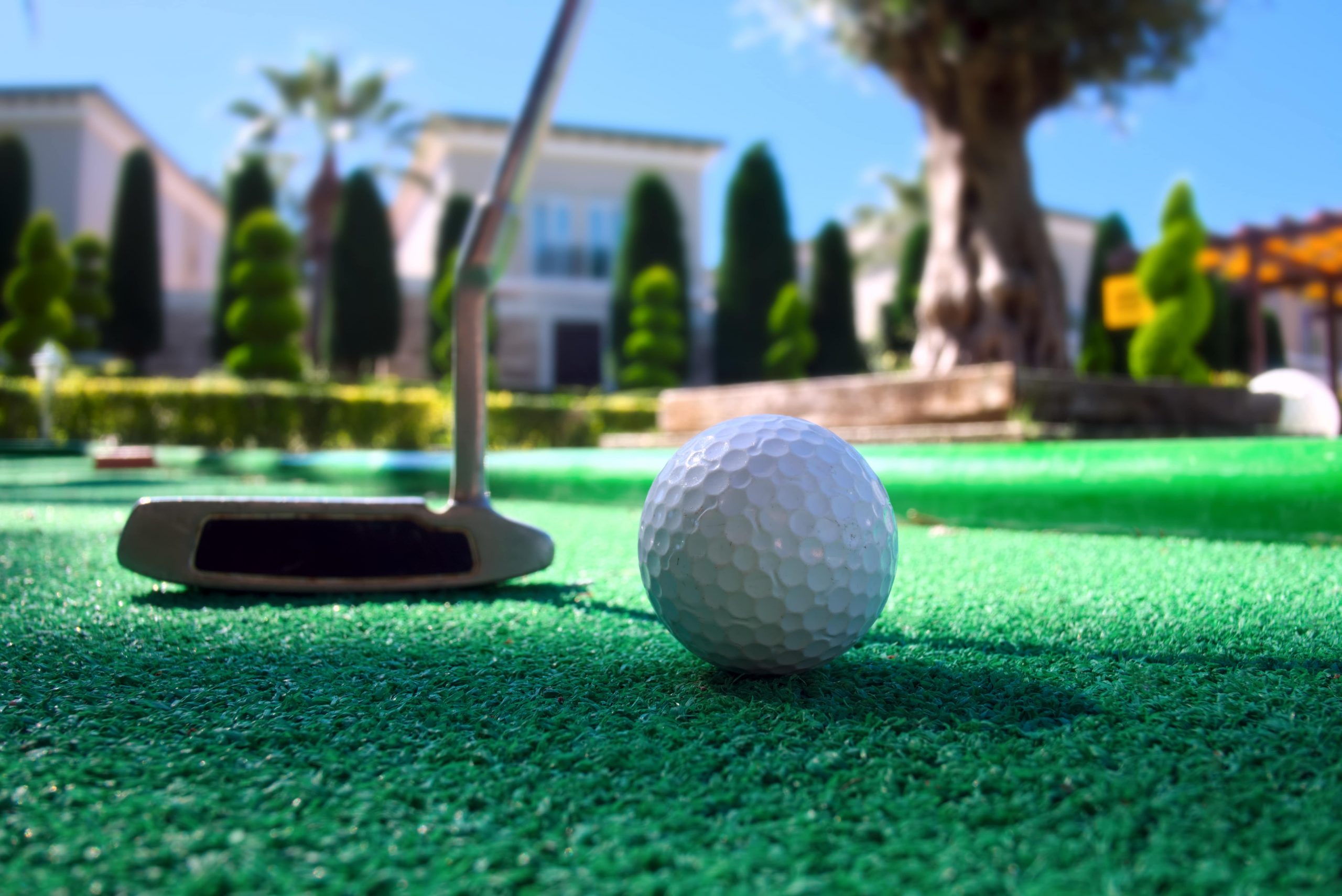Are you searching for an enjoyable way to get your kids outside and active? Consider creating a mini golf course in your backyard. Not only will it be an excellent opportunity for family time together, but it can also help develop important life skills like hand-eye coordination.
When designing a temporary or permanent course, there are several elements to take into account. First and foremost, decide the size of the course and where it will be situated.
It is essential to consider the design of your course and materials you plan to use. For instance, if you want the course to last long-term, then construction may need to be made from durable components.
To get your project off the ground, create a rough sketch of each hole’s appearance and list all materials required for purchase or use. Doing this makes it simpler to get started on your project.
Next, you’ll need to lay the course’s foundation. This can be accomplished using either natural grass or felt. For the latter option, glue-on felt that is attached to boards will provide extra support and reduce weight.
Once the base is established, you can add any obstacles desired. These can range from simple to elaborate depending on what theme you select. For instance, if creating a water-themed course, install rain gutters and pipes which help the balls navigate them safely.
Add some creativity to your course by using everyday household objects such as cardboard tubes or cereal boxes. These are easy to find at any grocery store and can be assembled into an exciting mini golf course for the whole family to enjoy.
Other possible obstacles could include a golf cart, bicycle or boat. You could even put in a hole in the ground and have players roll the ball over it to try to hit it.
Putting greens can also be added to your course for a more professional aesthetic and at lower cost than purchasing artificial grass.
Another excellent idea is to create a small grassy area in your yard. This will enable your course to be used more frequently and help it last longer, since the grass won’t need to be cut or watered as often.
If your yard doesn’t have room for a full-sized course, creating an accuracy course with cups and other objects around your yard is possible. This makes for a fun activity for all members of the family and helps develop hand eye coordination and problem solving abilities in children.
When creating a backyard mini golf course, the most crucial step is to plan it carefully. Doing this will maximize the use of available space and ensure your course can withstand elements without damage. You can also add features like sand traps, landscaping, and other stylish components to make the course more realistic and enjoyable for players.

